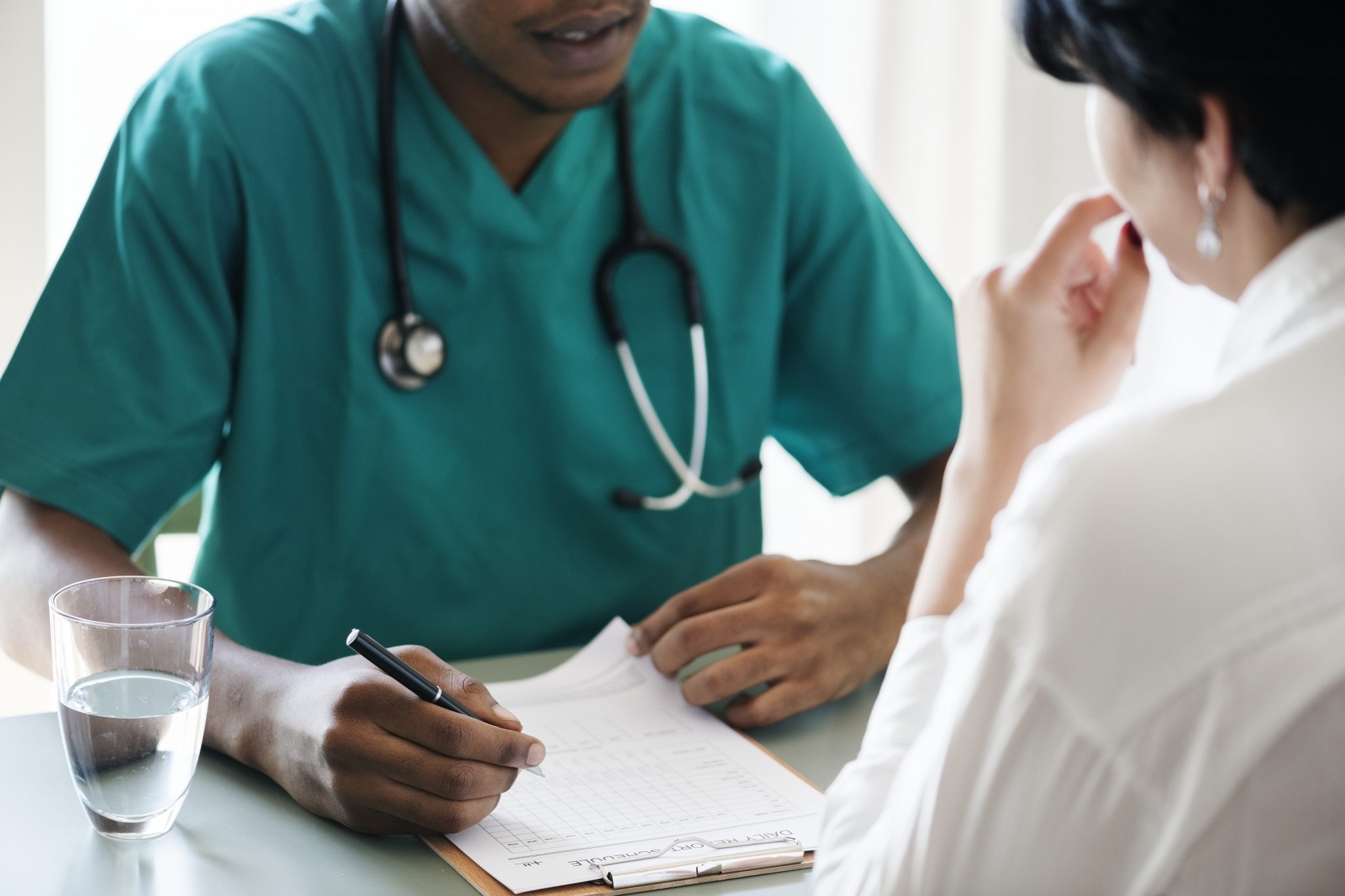If you’ve taken a high school health class, you probably know the basics of what estrogen is. It’s the female sex hormone, the counterpart to testosterone, the male sex hormone. All human bodies produce some level of estrogen, so men do make estrogen in the same way that women make testosterone, but if you’re biologically female, estrogen is the main chemical that your body will use to keep your reproductive system on track. But what does this hormone actually do in the literal sense? What will happen in your body if your estrogen levels are healthy, and what will happen if they aren’t? To answer that question, let’s take a look at some of the functions of estrogen.
Ovaries
When it comes to the ovaries, the biggest job of estrogen is to stimulate the production of eggs. MIdway between the start of a woman’s period and the start of her next period is ovulation, and this is the time when estrogen levels in the body are highest. The ovaries produce estrogen and use it to stimulate the egg follicles, which are small, fluid-filled sacs inside the ovaries. One (or sometimes more than one) will release an egg to either be fertilized or be released from the body during the period. After ovulation, estrogen levels in the body begin to drop again.
Uterus
Just as estrogen plays a role in helping the ovaries to release an egg during ovulation, it also helps the uterus prepare for the potential fertilization of that egg. The uterine lining, or endometrium, is the tissue that becomes the placenta if a pregnancy occurs and that is shed as blood during a period if a pregnancy doesn’t occur. Estrogen helps to enhance the endometrium during the leadup to ovulation.
Estrogen also has an effect on cervical mucus, a substance produced by the cervix that changes over the course of the menstrual cycle. Estrogen makes the cervical mucus take on a slippery texture similar to egg whites when a woman is most fertile in order to encourage sperm to find their way towards an egg. Many hormonal birth control methods, like the pill or the IUD, use progestin, an artificial form of progesterone, to do the opposite of what estrogen would do and thicken the cervical mucus in order to make it harder for sperm to enter the uterus.
Vagina
Estrogen’s effects are not only noticeable on the internal organs. In the vagina, estrogen helps to maintain the thickness of the vaginal wall and also encourages lubrication. This is a place that many women will start to feel the effects of falling estrogen levels during menopause. Vaginal dryness, thinning, inflammation, or a loss of elasticity are fairly common things for women to experience later in life, but they can be uncomfortable, unpleasant, and have a damaging effect on a woman’s sex life. Hormone treatments can help to alleviate these symptoms!
Breasts
Estrogen is one of the main hormones affecting changes in the breasts. (This is one of the reasons that if you’ve ever taken the birth control pill, you might’ve noticed a change in your cup size.) Estrogen works together with the growth hormone during puberty to encourage breasts to grow, and the rising and falling levels of estrogen during the menstrual cycle can lead to small changes in breast size and increased tenderness or soreness, depending on the person. When nursing a baby, estrogen also steps in to help stop the flow of milk after the baby is weaned.
As you can see, estrogen is a hormone with many purposes in the body, and that means that in order to be healthy and functioning optimally, your body needs to be producing estrogen in the right levels. If you’re experiencing symptoms such as vaginal dryness, breast tenderness, hot flashes, headaches, and irregular periods, an estrogen imbalance may be the culprit. If this is the case, hormone replacement therapy from Renewed Vitality may be able to help you! Contact us here to learn more about what this revolutionary treatment can do for you.





